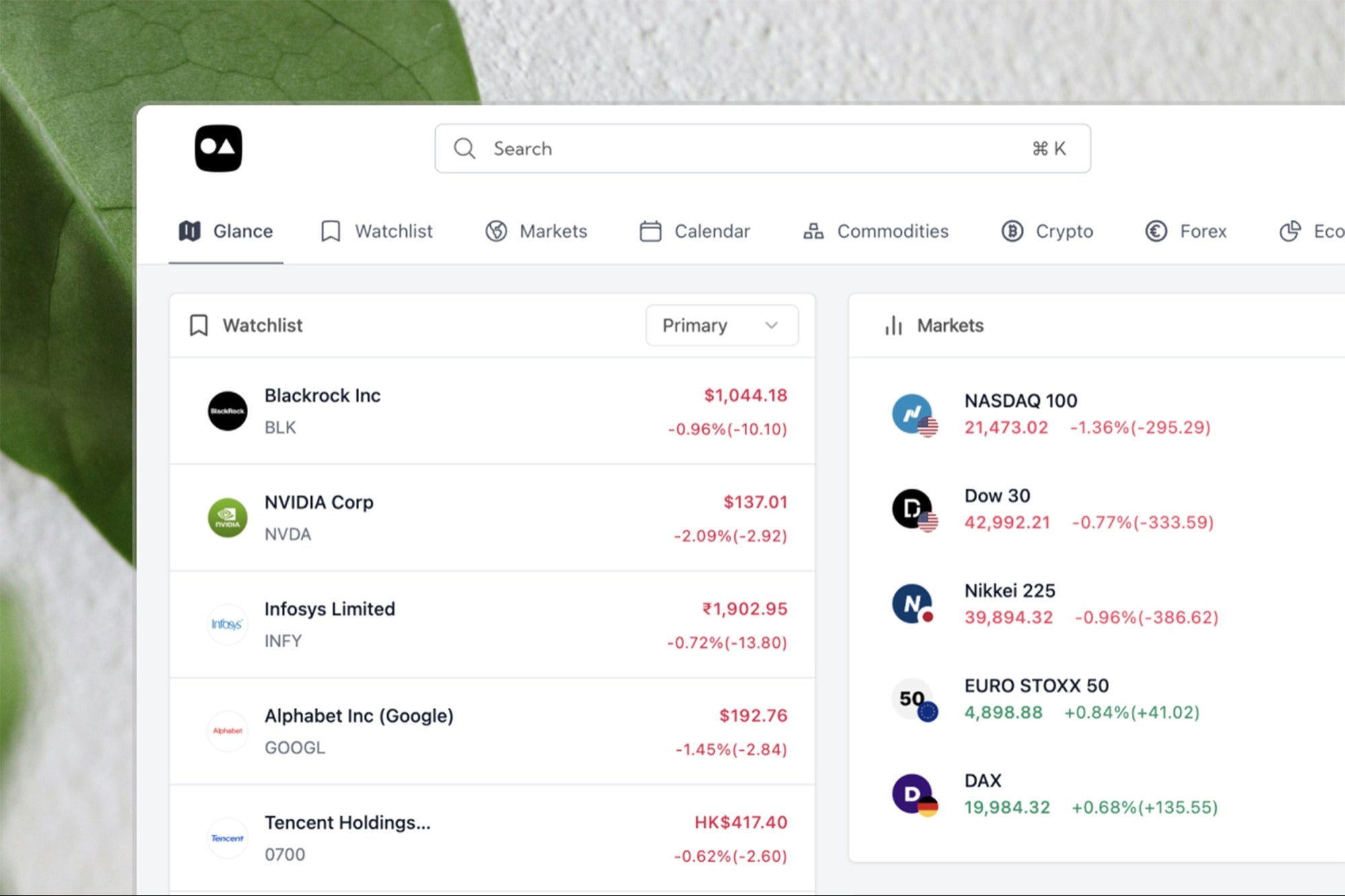The Benefits of Learning as a Team All great organizations learn together. Those who aren't open to learning and improving are invariably susceptible to stagnation and irrelevance.
By Paul Jun
This story originally appeared on Help Scout

"I don't divide the world into the weak and the strong, or the successes and the failures," said sociologist Benjamin Barber. "I divide the world into learners and non-learners."
As each of us takes on more responsibility, we seem to misplace the necessity of learning. We learn through our actions and from feedback, but how often do we sit down to distill our failures or mistakes into actionable lessons? How often do we connect seemingly unrelated ideas or insights to challenge our comfort zones?
How else do we get better at what we do?
Learning hones us like wind over sandstone; it sharpens our craft and removes the impurities in our misperceptions.
All great organizations learn together. Those who aren't open to learning and improving are invariably susceptible to stagnation and irrelevance.
Related: 27 Insights for Creating and Sustaining Workplace Happiness
The product or service isn't the only thing that should be constantly reiterated— our minds, attitudes, worldviews, and processes should be open to new insights, and in turn, change.
Why Learning Brings Teams Closer
The failure, the mistake you made, the angry customer that dragged you on for hours—why let those go to waste?
When a team comes together to openly share experiences with the ultimate goal of learning together and lifting each other up, everyone benefits.
A sense of camaraderie is built, and a culture is established:
We are in this together, therefore we'll go through it together."
In many of my conversations with a variety of companies, they stated that learning together is a core component in achieving outstanding results. Whether it is responding to customers faster, deploying new features smoothly, or changing up internal processes for better communication, learning is the catalyst; its effect touches every aspect of the organization.
It's as simple as meeting together, daily or weekly, to discuss frustrations, failures, obstacles, and successes. Even if every person on your team has similar responsibilities, not everyone connects the dots in the same way.
Learning is never about being right or wrong; it's about understanding. Learning with your team means putting on someone else's glasses and seeing the world through his or her eyes. What you extrapolate is exactly what you should share.
Learning Together Isn't Possible Without…
Humility: You must be able to say, "This is what was expected of me, and this is where I fell short." A good peer, coach, or boss would ask, "Where do you think you fell short? What would you do differently?" She'll look around the room and ask, "Who else has faced this similar issue, and how did you succeed?"
We learn on the ground level. The more we exercise humility, the more necessary feedback we receive to improve what we do.
Empathy: If humility is a prerequisite for learning, then empathy is a prerequisite for teaching. Aside from being humble in our shortcomings, we must also empathize in order to properly frame and share feedback.
Before we take that step, we need to first step into the others' shoes to understand what they see, feel, and experience. This is especially true for newer teammates—yes, we're all part of the same book, but no, we are not all on the same page. Learning unifies a team and gets everyone up to speed.
Related: Why Customer Support Stories Spread Like Wildfire
A Schedule: A schedule is about consistency, and the one thing that hinders learning is the inability to know when to show up. When, exactly, will your team meet? At lunch? At the end of the day, week, or month? Determine this the way you would a vacation that is six months away. A lack of flexibility is probably a good thing—it shows the commitment behind the priority.
Courage: Can you look at your peer, empathize with him, and have the courage to say what needs to be said? What you hold back is a total disservice to you, your team, and the organization.
What makes us flinch is self-doubt. We wonder, "Do I sound like a fraud? Am I being too mean? Am I right?" Courage is the willingness to be wrong, the willingness to speak up, and above all, the willingness to change your mind.
A Safe Environment: What are the beliefs and priorities of learning together? What values are put into place to let people know that the ego is checked at the door and it's safe to speak up?
When In Doubt, Write
"I write to explain myself to myself," said the author Armistead Maupin. "It's a way of processing my disasters, sorting out the messiness of life to lend symmetry and meaning to it."
Diana Porter from Customer.io has her new hires write a doc to share their perspectives and insights and what they've learned from engaging with the product. This provides a new user perspective for the company, as well as helps the new hires digest and distill their experiences.
Now imagine everyone on your team writing what they've experienced at the end of the week and putting it all in one place so that the entire organization can learn together. The marketer learns about the customer from support and creates a new avenue to reach the public; the engineer learns a new way to use a feature which helps support provide a new tactic to share with customers; support shares a question from a customer that spurs an idea for a new piece of content from a writer.
The possibilities and gains are endless, which is precisely why it's worth doing.
Writing is a task that meets much resistance. Discussing what you learned over lunch is one thing, but sitting down to share your thoughts in a coherent, organized way is a difficult priority to set in motion.
But when a team does it together, week after week, it can't help but get better. Your craft is an expression of yourself and writing is a way for you to communicate it.
This isn't about who can write the finest essay; it's about sharing your experiences—good and bad—to create a conversation that benefits everyone.
Learning isn't about what you get out of it—it's what you put into it.
Related: How to Be a Good Customer












